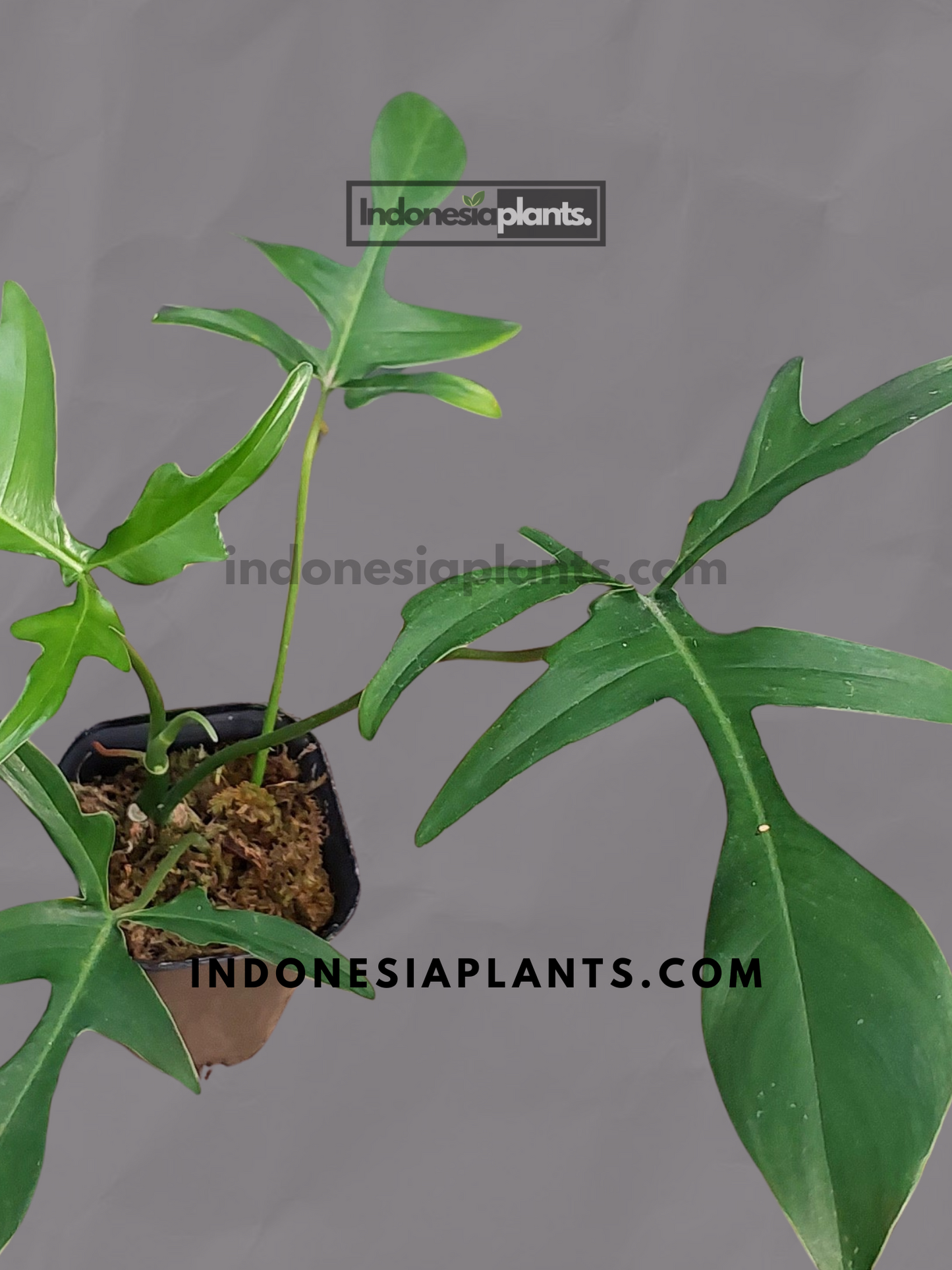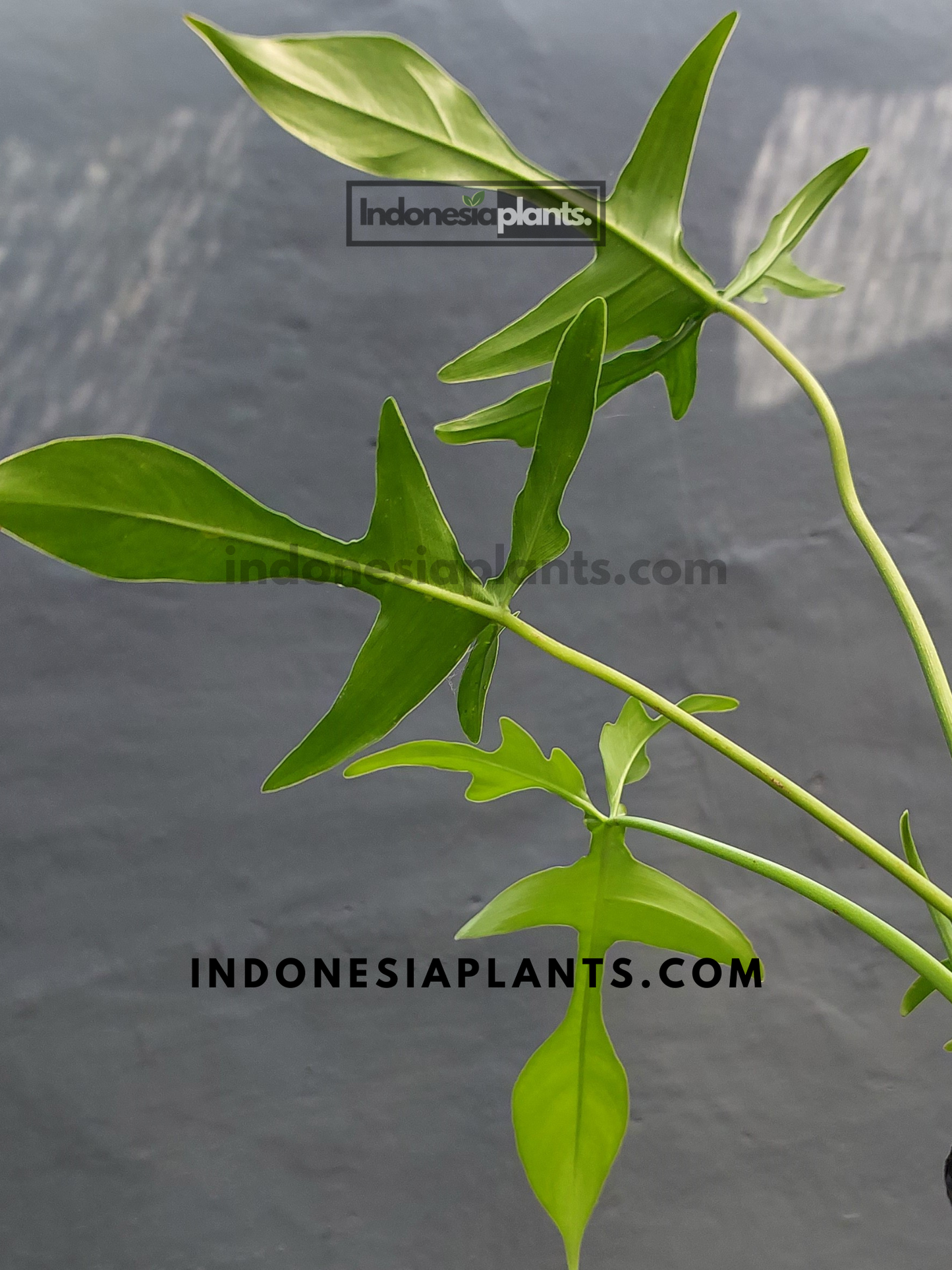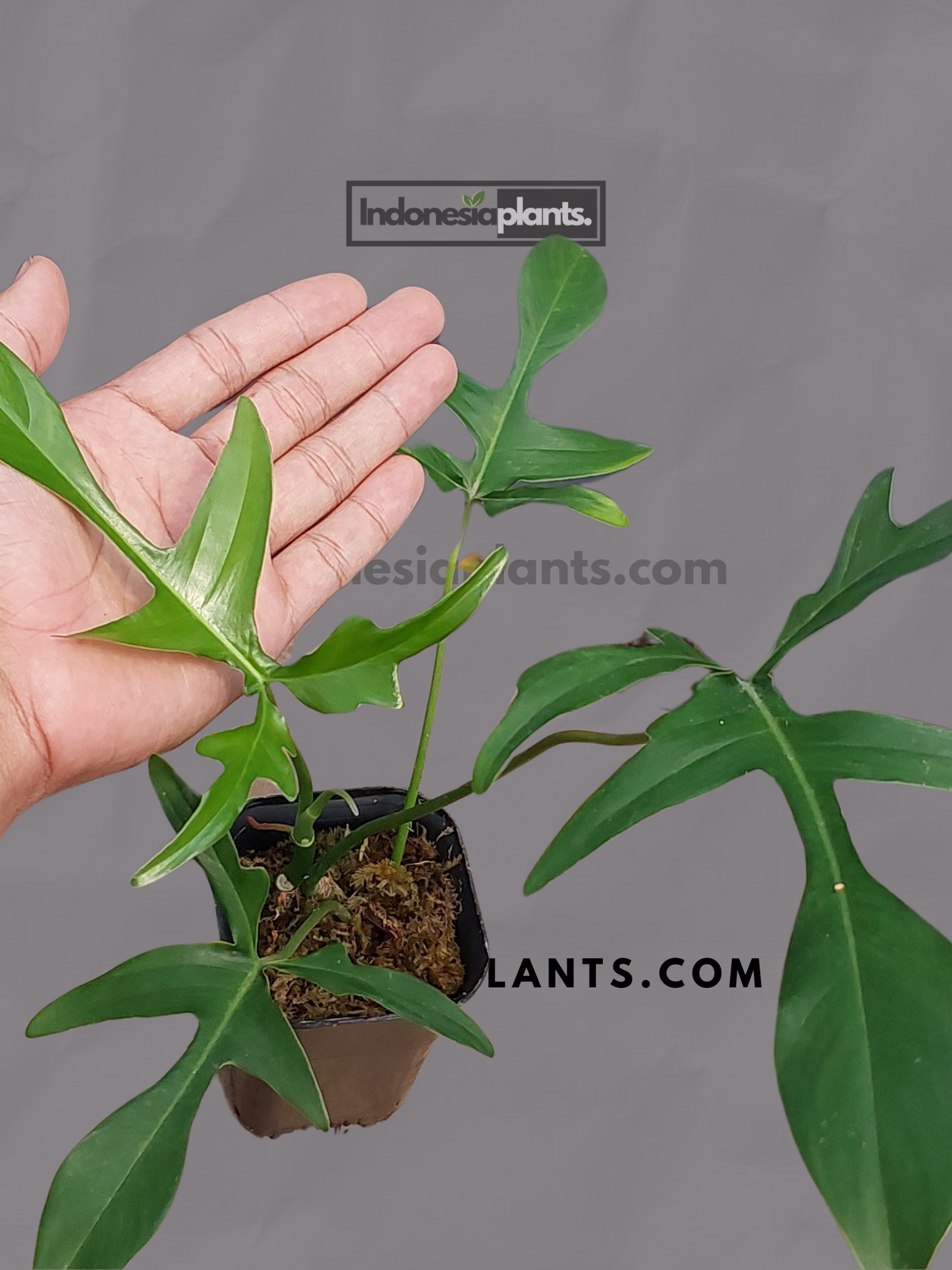indonesiaplants
Philodendron Gladhands
Philodendron Gladhands
Couldn't load pickup availability
See photos for reference to the plant features only. They are likely sent to you as featured with the descriptions below.
Minimum of 4 Leaves
Plants shipped will have a minimum of 4 leaves and will be rooted, not cuttings.
Philodendron Gladhands: Unique, Shaped Foliage with a Tropical Twist
Philodendron Gladhands is a captivating variety with unique, hand-shaped leaves that make it a standout piece in any collection. Its bold appearance and compact growth make it a great option for collectors looking for something different to add to their space.
Features of Philodendron Gladhands:
- Hand-Shaped Leaves: The uniquely shaped leaves resemble hands, creating a striking, artistic appearance.
- Compact Growth: Grows in a manageable size, making it suitable for smaller spaces or indoor gardens.
- Tropical Appearance: Adds an exotic flair to any room with its interesting foliage.
Room (Where it instantly works)
Gladhands thrives anywhere you want sculptural greenery without visual clutter. Think bright living rooms, studio corners, entry niches, or a desk backdrop. Its deeply lobed leaf outline—like an open palm with elegant “fingers”—reads graphic from across the room, so even a single vine feels intentional. Stage it beside a window with sheers, on a console with negative space around the foliage, or as a vertical accent near bookcases where height matters more than width.
Light (Make the silhouette shine)
Aim for bright, diffused daylight—east-window glow or a luminous zone behind curtains. Even luminance keeps internodes tight and the hand-shaped lobes crisp; harsh midday rays can mark tender tissue, while dim corners stretch spacing and soften definition. If gaps lengthen, raise overall brightness (still filtered) before you consider more fertilizer. Side lighting skims the blades and carves a graceful shadow that photographs beautifully.
Footprint (Form & growth habit)
This is a climbing philodendron with neat petioles and lobed leaves that elongate with maturity. On a slim moss pole, coco totem, or flat cedar board, the main stem stays close to its guide, producing a tailored, vertical column that fits tight spaces. Allowed to roam, one leader can arc gently while a second climbs, giving depth in a small footprint. The finish leans satin to semi-gloss—subtle glow, not mirror glare.
Skill (Who will enjoy it)
Beginner-friendly but rewarding for collectors who value shape. If you can keep a consistent light pocket and follow a simple water rhythm, Gladhands responds with confident new leaves and increasingly defined lobes. It’s forgiving of routine misses yet clearly improves when you dial in support and luminance.
Style (How to compose a vignette)
The hand-like silhouette loves calm materials: sand, ecru, oatmeal, or charcoal planters; matte stoneware; raw oak; microcement; limewash. Pair with one textural foil—velvety Anthurium, silver-brushed aroid, or a broad-leaf Monstera—to set up a dialogue of shapes (lobed vs. plush vs. broad). Keep accessories low-gloss so the leaf outline leads. Leave 15–30 cm (6–12 in) of breathing room behind the pot so the shadow reads softly on the wall.
Upkeep (Simple, repeatable rhythm)
- Water: When the top 2–3 cm (≈1 in) of mix dries, water thoroughly and allow full drainage. Consistent, not constant, moisture protects margins and keeps unfurls smooth.
- Substrate: Oxygen-forward aroid blend—chunky orchid bark + coco fiber/coir + pumice/perlite, with a light sphagnum buffer and a touch of horticultural charcoal. The goal is air first, even moisture second.
- Climate: Comfortable at 18–29 °C (65–85 °F) and ~50–70% RH with gentle airflow (avoid AC blasts/heater streams).
- Feeding: Light nutrition at ¼–½ strength in active months supports steady sizing and clean edges; prioritize light quality before extra feed.
- Training & grooming: Secure each node to the support with soft ties; rotate a quarter-turn every two weeks for balanced exposure. Dust a couple of leaves weekly with a soft cloth and remove spent sheaths for a tidy crown.
- Pet note: As with many aroids, place foliage out of nibbling reach.
Troubleshooting Quick Read
- Long gaps / smaller lobes: Increase even brightness and keep the stem close to its support.
- Edge crisping: Typically late watering or dry drafts—tighten cadence and soften airflow.
- Dull finish on new leaves: Check light first; resume gentle feeding only after brightness is optimized.
- Mix stays wet too long: Increase bark/pumice fraction or step down one pot size for better aeration.
With its modern, hand-sketched leaf shape and compact vertical habit, Philodendron ‘Gladhands’ brings editorial form, easy care, and camera-ready shadows to any neutral, design-forward space.
Kindly reach out to us at indonesiaplants@gmail.com if you have difficulties in your purchase or have any questions.







